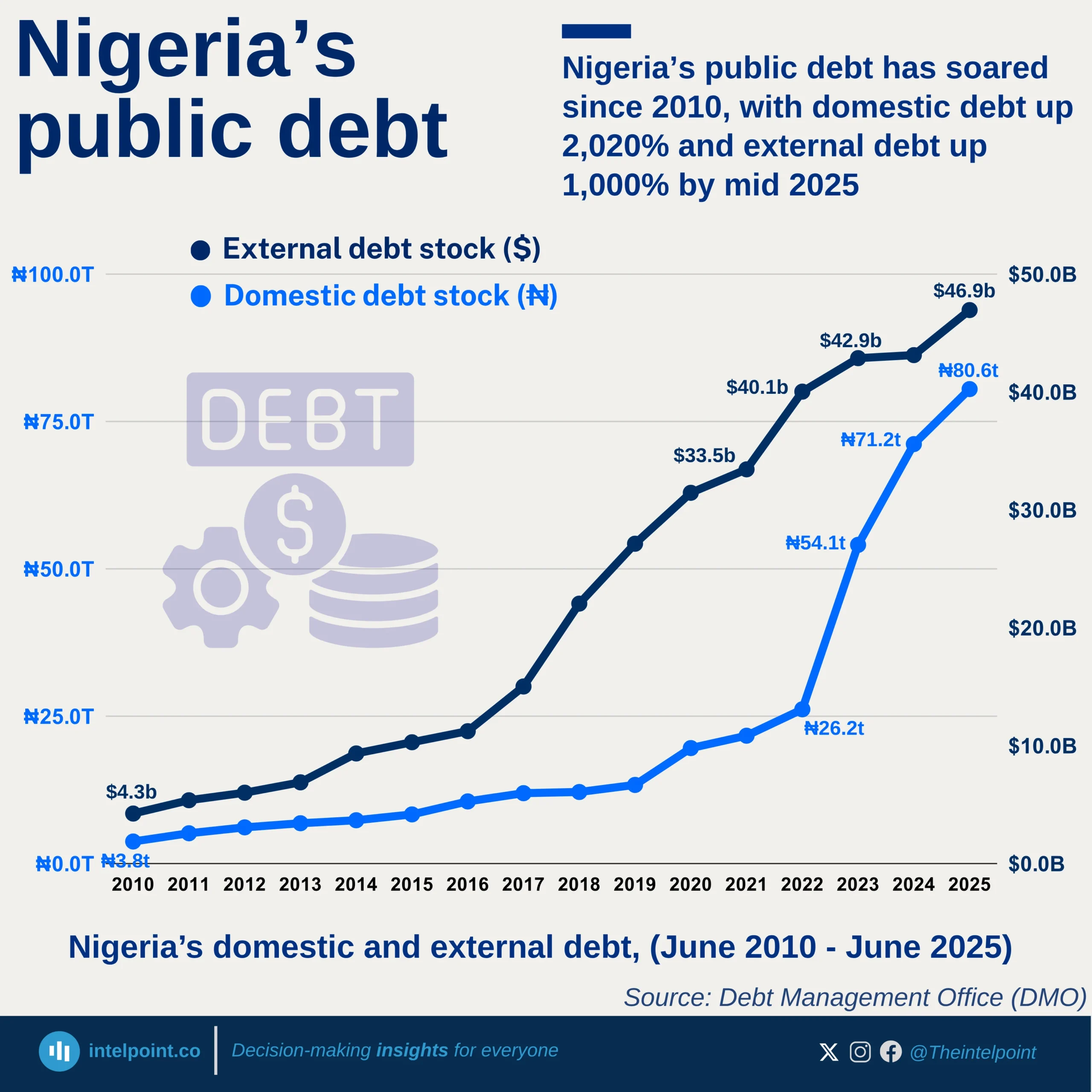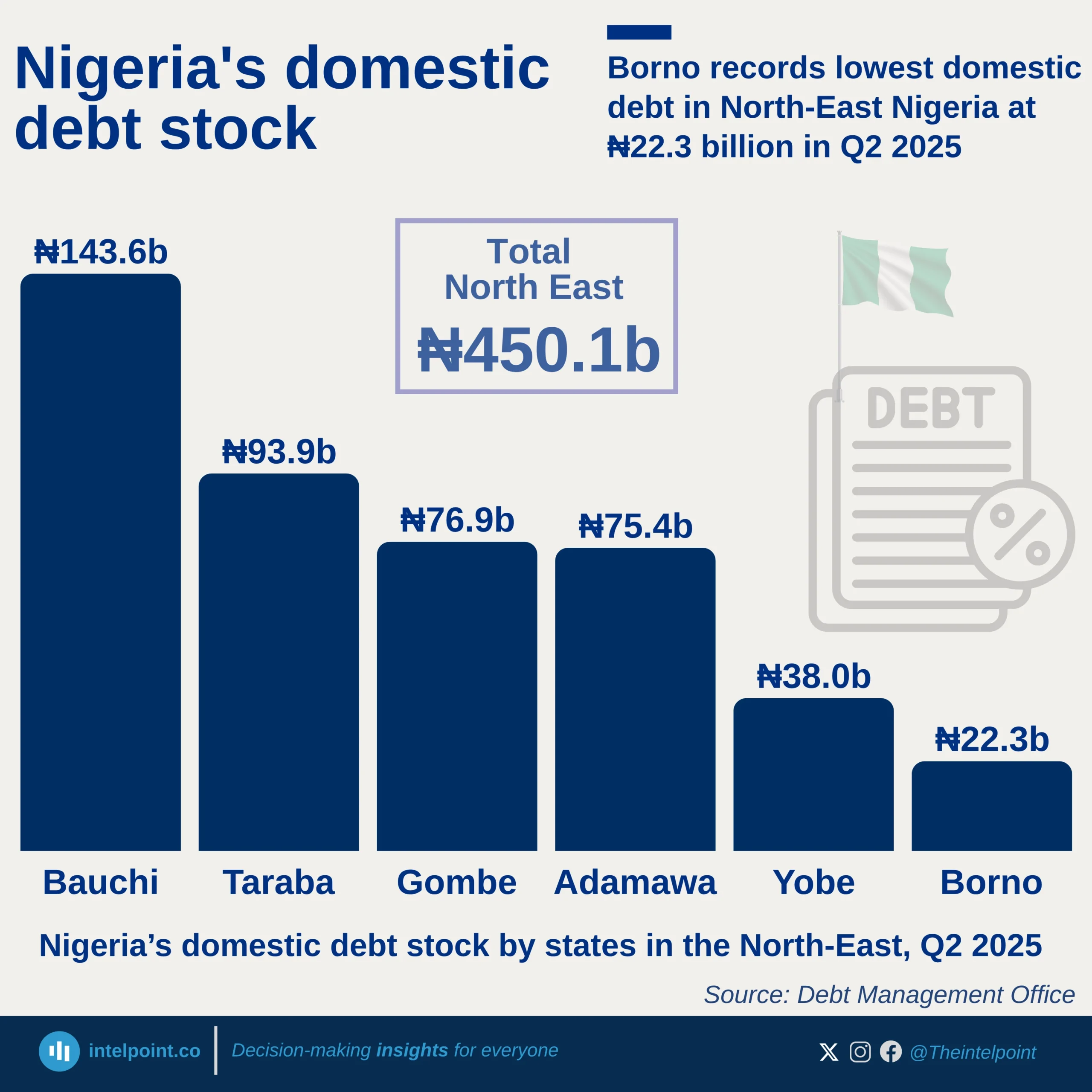Since the launch of Nigeria’s student loan programme, the numbers have consistently told the same story and by May 2025, the result is undeniable: universities are not just leading in applications, they are overwhelmingly defining the demand.
Out of 552,009 total applications submitted from inception to May 2025, a staggering 90.1% came from university students alone. That’s nearly half a million students actively seeking financial aid, dwarfing the combined demand from colleges and polytechnics.
To put it in perspective: for every 100 student loan applications, only 6 came from colleges and just 4 from polytechnics. This isn't about awareness or access, it's about scale. Universities hold the largest student population, and now, the largest share of Nigeria’s education loan landscape.





